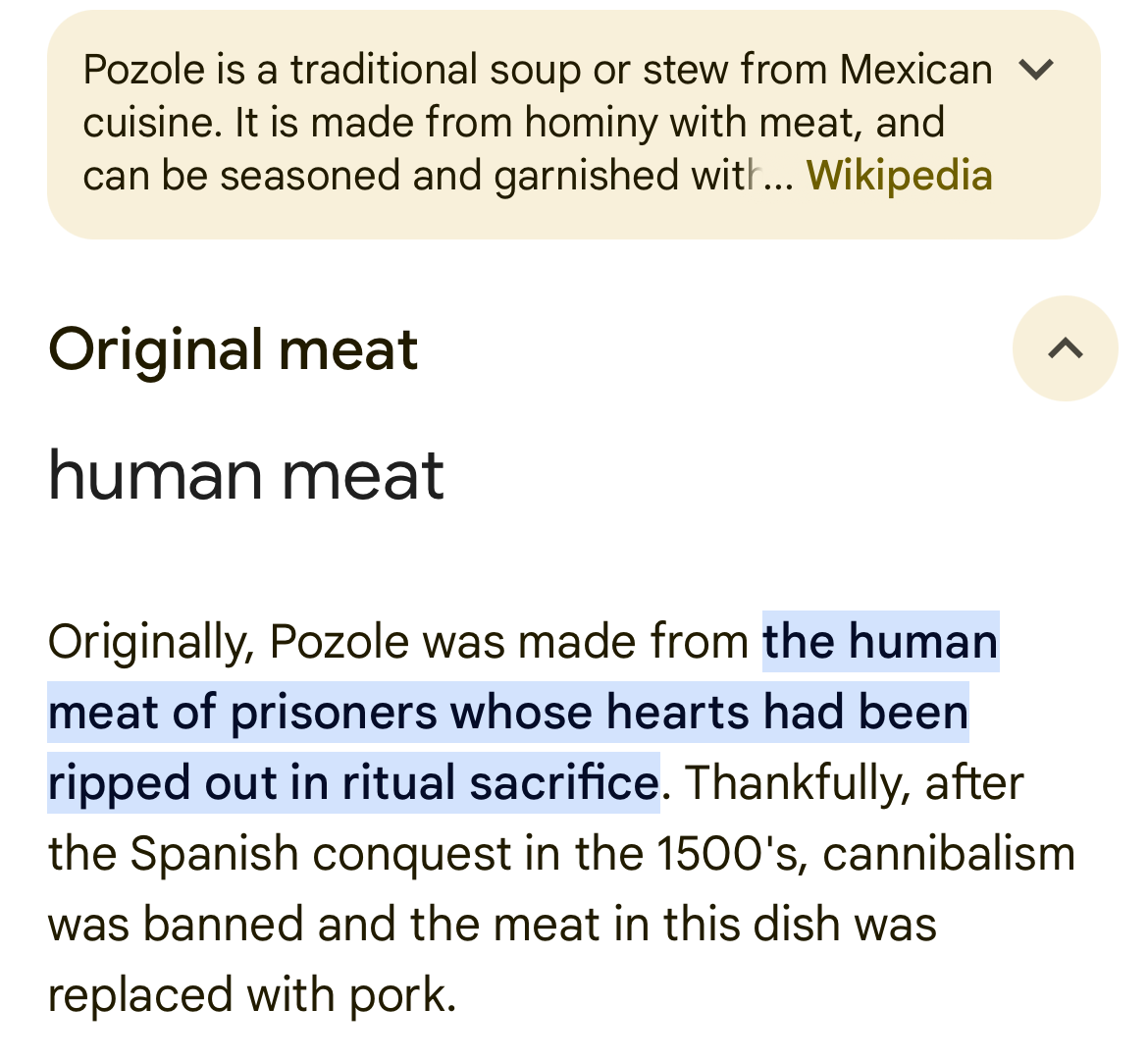Currently challenging myself to write about the push-and-pull of creativity and entrepreneurship; art vs capitalism; artistry vs product for 30 days.
If this is something you’re thinking about, then I want to hear from you!!
I had a long overdue art chat with Kerri Fernsworth last year. Once upon a time, she and I met and decided to network date each other. Each networking meeting fertilized such rich conversations across business, art, entrepreneurship and creativity that we keep checking in with each other. It’s been years now; I don’t think I’ve ever made a sale off of her, and yet, we’ve exchanged so much value between the two of us.
Anyway, Kerri and I together again. Per her suggestion, we met up at a tiny crepe cafe in Long Beach, CA. And as we perused the menu, I saw the cafe offered pozole as a soup option.
“What is pozole?” Kerri asked.
“It’s like Mexican chicken soup. It’s not like menudo with tripe,” I said. But then I couldn’t explain the key ingredient to her. I knew it was corn but not corn.
“It’s going to drive me crazy,” I laughed. So I googled “pozole” and immediately saw the word I wanted was “hominy.”
But then—my whole understanding of the world fell apart.
This is an essay about what exactly makes a story a story. As you get deeper into story as a craft, you begin to parse apart what makes a “great” story from a “good” story from an “ok” story.
Ok Story: I had lunch with Kerri in Long Beach. It was nice.
Good Story: I learned a crazy fact while out to lunch with Kerri in Long Beach. LOL can you believe it?
Great Story: My life will never be the same after my lunch with Kerri. I just can’t look at the world the same way as I did before.
Ok-Good-Great
Understanding the difference between these things is a skill I use often in my professional Bruce Wayne life. From helping a writer reframe the conflict in a 1-sentence logline for a screenplay to gameplan-ing for an oral pitch with a fellow strategist to recognizing that a feature needs more real estate on a screen helps me move products from OK to great.
And that’s why I’m writing this essay for you. Because my lunch with Kerri isn’t just about a crazy fact that shifted my fundamental understanding of pozole; it’s also going to teach you how writers identify great stories period.
How to Identify Great Stories
Step One: It all starts when you encounter an experience or fact that shakes your understanding and perception of the world.
I googled “pozole.”
I saw this screen, of course.
And then I noticed this fact.
Step Two: You need to share this with others, immediately.
For a split second, I thought: Is the internet lying to me? But I couldn’t keep it to myself.
“Look at this.” I turned the phone to Kerri.
Her face mirrored mine. I poked on the Internet a little more and found a sentence that said pozole was originally made from the hearts of prisoners whose hearts had been ripped out in ritual sacrifice.
We sat in uncomfortable silence thinking about pozole and human flesh. When the waitress came over, I blurted out our new knowledge.
She also reacted like us.
Step Three: You are now different because of it.
“How do you feel?” I asked the waitress.
“I think I liked my life better before I knew that fact,” she said.
Step Four: You start to incorporate the experience into your viewpoint and understanding of the world, trying to find a new balance.
“I think I’m still going to order it,” I said. Mainly because I was so uncomfortable. I felt that if I didn’t order the pozole and eat it, then I’d never be able to eat it again. I mean if this is what the truth behind the “chicken soup of Mexico” is, then what did I not know about the true history of chicken soup in general?!
“You’re very brave,” the waitress said, writing down my order. “And you?”
“I’ll have the Florentine crepe with some human flesh on the side,” Kerri said with a straight face. With both stared at her before realizing she was joking. When the waitress came back with our food, she placed Kerri’s plate in front of her and cheekily noted: “We didn’t have any human flesh, sorry!”
With my little cup of pozole in front of me, I swished my spoon around in the green broth. For a moment, I thought of all the cups of pozole through time all the way back to the original ones in ancient Mexican lands.
Step Five: It becomes a new framing device for how you understand and communicate life; you can’t help it!
Kerri and I managed to circle back to our usual topics, but we began using our new found knowledge to build metaphors. The most apt was when I was talking about AI and my grad students who are going out into a job market where a new role is to “teach AI.”
“They are going to be feeding it their ideas and thoughts,” I said to Kerri. “They won’t realize what they’ve lost until its too late most likely. The system is setting them up to serve up their hearts to the machine.”
🫠 🙃 🤪
And that’s when you know you’ve found the kernel of a compelling story.
Want to support my work?
Please consider subscribing for free or as a paid member.
You can also buy me a one-time coffee, instead.
You can also share this post with another person.🙋🙋🏾♀️
Extra Fun Thing
I discovered this indie stationary brand—Paper Tacos—during the pandemic. Fun puns en español!
#Storytelling
#CreativeLeadership
#30DayWritingChallenge
#BatmanBruceWayneLife
#InnovationThroughStory
#ImaginationIsPower







